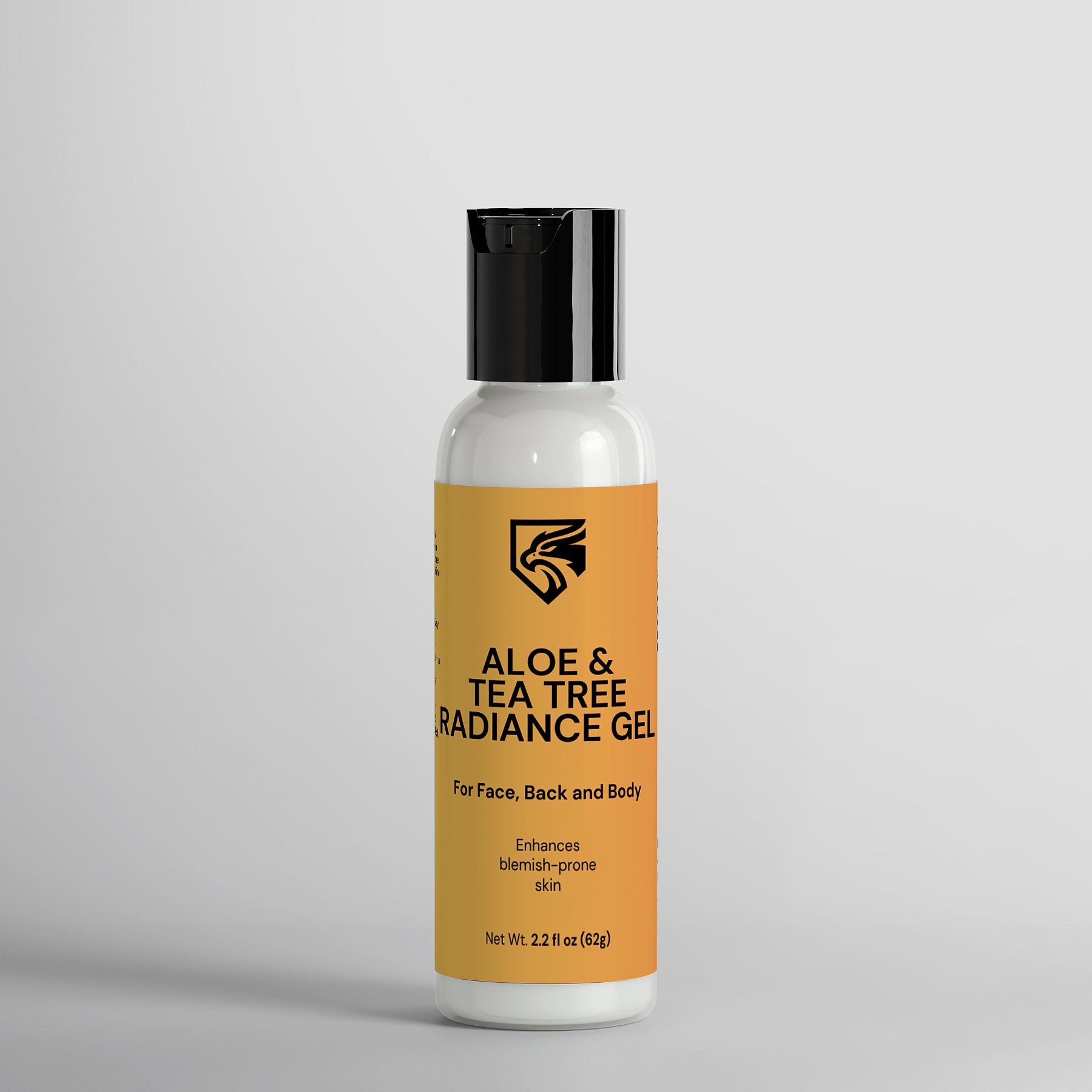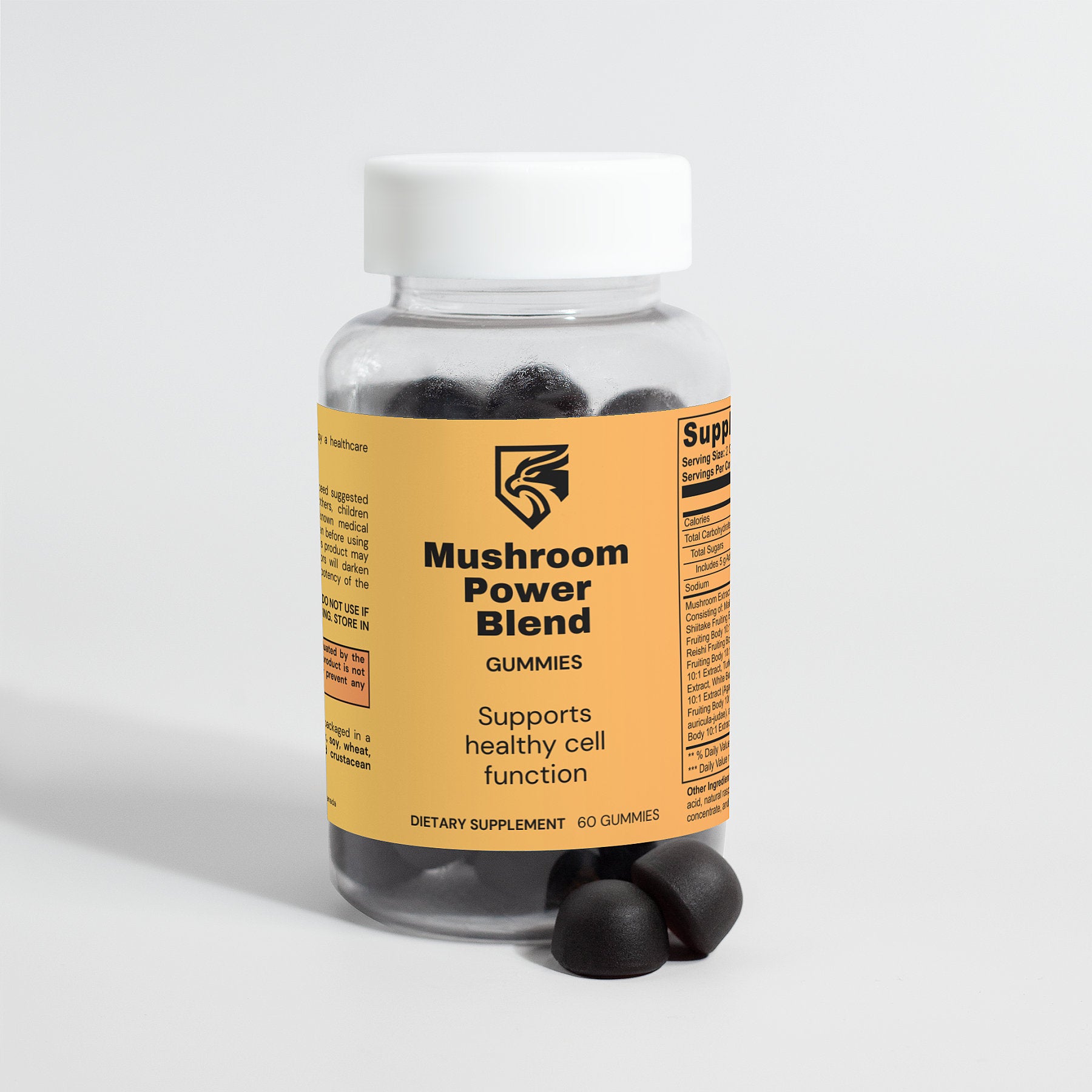I. Introduction
A. Overview of Testosterone and Its Significance in Male Health
Testosterone, often dubbed the "male hormone," plays a crucial role in various aspects of men's health. Produced primarily in the testes, testosterone influences muscle mass, bone density, libido, mood, and overall vitality. Beyond its reproductive functions, testosterone impacts energy levels, cognitive function, and even cardiovascular health.
B. Introduction to the Relationship Between Sunlight Exposure and Hormone Regulation
While the link between sunlight and vitamin D synthesis is well-known, emerging research highlights the intricate relationship between sunlight exposure and testosterone levels. Sunlight, specifically its ultraviolet B (UVB) rays, stimulates the production of vitamin D in the skin, which, in turn, regulates testosterone synthesis. Understanding this connection sheds light on the potential consequences of sunlight deprivation on hormonal balance and overall well-being.
II. The Role of Vitamin D in Testosterone Production
A. Functions of Vitamin D in the Body, Including Its Role in Hormone Synthesis
Vitamin D, often referred to as the "sunshine vitamin," is crucial for numerous physiological processes. Apart from its well-established role in bone health, vitamin D acts as a steroid hormone precursor, influencing gene expression and modulating various bodily functions. Within the endocrine system, vitamin D facilitates the production of several hormones, including testosterone.
B. Mechanism of Action: How Sunlight Exposure Stimulates Vitamin D Production
When the skin is exposed to UVB radiation from sunlight, a cholesterol derivative in the skin is converted into previtamin D3, which undergoes further processing in the liver and kidneys to become active vitamin D (calcitriol). This activated form of vitamin D interacts with receptors in the testes, promoting the synthesis of testosterone.
III. Research Evidence Linking Sunlight to Testosterone Levels
A. Studies Demonstrating the Correlation Between Sunlight Exposure and Testosterone Levels
Numerous studies have explored the relationship between sunlight exposure and testosterone levels. Research consistently demonstrates a positive correlation between higher levels of sunlight exposure and increased testosterone production. For example, a study published in the Journal of Clinical Endocrinology & Metabolism found that men who spent more time outdoors had higher testosterone levels compared to those with limited sun exposure.
B. Seasonal Variations in Testosterone Levels and Sunlight Availability
Seasonal variations in testosterone levels further support the connection between sunlight and hormone regulation. Testosterone levels tend to peak during the spring and summer months when sunlight exposure is more abundant, while they decline during the fall and winter when daylight hours are shorter. This seasonal fluctuation underscores the influence of sunlight on testosterone synthesis.
IV. Factors Influencing Sunlight's Impact on Hormones
A. Geographic Location and Latitude Effects on Sunlight Intensity and Duration
The intensity and duration of sunlight exposure vary depending on geographic location and latitude. Regions closer to the equator receive more direct sunlight throughout the year, resulting in higher vitamin D synthesis rates and potentially elevated testosterone levels. Conversely, regions farther from the equator experience seasonal fluctuations in sunlight exposure, which may impact hormone production.
B. Lifestyle Factors Affecting Outdoor Exposure and Vitamin D Synthesis
Lifestyle factors, such as occupation, outdoor activities, and sunscreen use, also influence sunlight exposure and vitamin D synthesis. Individuals with indoor jobs or those who spend minimal time outdoors may be at greater risk of vitamin D deficiency and subsequent testosterone insufficiency. Additionally, sunscreen use, while important for skin protection, can inhibit vitamin D production if used excessively.
V. Consequences of Sunlight Deprivation on Hormonal Health
A. Effects of Vitamin D Deficiency on Testosterone Levels and Overall Health
Sunlight deprivation leading to vitamin D deficiency can have detrimental effects on testosterone levels and overall health. Low vitamin D levels have been linked to decreased testosterone production, which may contribute to symptoms such as reduced libido, fatigue, muscle weakness, and mood disturbances. Furthermore, vitamin D deficiency is associated with an increased risk of various chronic diseases, including osteoporosis, cardiovascular disorders, and certain cancers.
B. Impact of Sunlight Deprivation on Mood, Sleep Quality, and Immune Function
Beyond its effects on testosterone, sunlight deprivation can adversely affect mood, sleep quality, and immune function. Reduced exposure to natural sunlight has been linked to an increased risk of depression, seasonal affective disorder (SAD), and sleep disturbances. Moreover, vitamin D plays a crucial role in immune function, and its deficiency may impair the body's ability to fight off infections and maintain optimal immune health.
VI. Strategies for Optimizing Sunlight Exposure
A. Recommendations for Safe Sun Exposure Practices
While sunlight exposure is essential for vitamin D synthesis and testosterone production, it's important to practice sun safety to minimize the risk of skin damage and skin cancer. Optimal sun exposure varies depending on factors such as skin type, time of day, and geographical location. Aim for moderate sun exposure—about 10 to 30 minutes of unprotected exposure to arms, legs, abdomen, and back—during peak sunlight hours (10 a.m. to 3 p.m.) several times per week. Afterward, use sunscreen with a high SPF to protect exposed skin.
B. Dietary Sources of Vitamin D and Supplementation Considerations
In addition to sunlight exposure, obtaining vitamin D from dietary sources and supplementation can help maintain adequate levels. Fatty fish (such as salmon and mackerel), fortified dairy products, eggs, and mushrooms are rich sources of vitamin D. However, it may be challenging to meet vitamin D requirements through diet alone, especially for individuals with limited sun exposure or specific dietary restrictions. In such cases, vitamin D supplements can be beneficial, but it's advisable to consult a healthcare professional to determine the appropriate dosage.
VII. Conclusion
A. Summary of the Importance of Sunlight Exposure for Testosterone Levels and Overall Well-Being
In conclusion, sunlight exposure plays a pivotal role in regulating testosterone levels and supporting overall health and well-being in men. The synthesis of vitamin D, facilitated by sunlight exposure, is essential for optimal testosterone production and numerous physiological processes. Sunlight deprivation, resulting in vitamin D deficiency, can have detrimental effects on hormone balance, mood, sleep quality, immune function, and long-term health outcomes.
B. Encouragement for Readers to Prioritize Adequate Sun Exposure for Hormonal Health
Given the critical link between sunlight exposure and testosterone levels, it's essential for individuals to prioritize adequate sun exposure while practicing sun safety measures. By striking a balance between sun exposure, dietary sources of vitamin D, and supplementation when necessary, individuals can optimize their hormonal health and enhance overall well-being. Embracing sunlight as a natural source of vitality and vitality can pave the way for a healthier and happier life.







Leave a comment
All comments are moderated before being published.
This site is protected by hCaptcha and the hCaptcha Privacy Policy and Terms of Service apply.